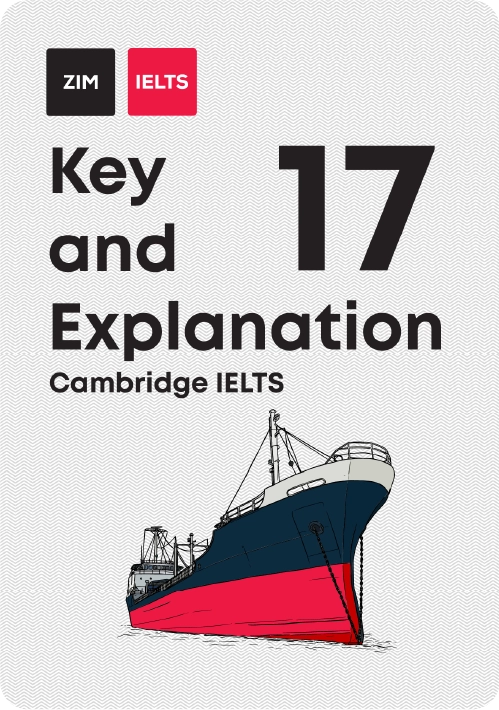Giải đề Cambridge IELTS 17, Test 4, Speaking Part 1: Map
Question 1
Well I don’t think anyone really uses a paper map these days, unless they are going hiking in a remote place where there is no phone signal. I mean, there are countless reasons why a map on your phone is better. They’re updated regularly, there is usually a built-in navigation function, and the app can even tell you how long it will take you to get to your destination, whether you are walking, riding a bicycle or driving a car.
Question 2
Well I use the Google Maps app on my phone all the time. At least a couple times a week. I like to use it to know how long it's going to take me to get somewhere, because the app can tell you if there are any traffic jams or construction on the road that might affect your journey. In terms of using a map for navigation, I pretty much use one everytime I go to a big city, because getting from A to B in an unfamiliar city in peak hour traffic can be an absolute nightmare.
Question 3
Yes definitely. I love exploring new cities, and I always use my trusty old Google Maps app to get me around. Although I do like using a paper map sometimes when you go to a new city and you can get a map of the local area which shows you all the attractions and things like that. In saying that though, I do sometimes like to just put my phone or map away and wander around exploring new places, you know, just following my nose. You can really surprise yourself sometimes with what you find. Like one time when I was wandering around Amsterdam without a map and stumbled upon the red light district. That was an interesting experience.
Question 4
Yes. I think some people’s brains are wired better for reading maps, while other people just can’t tell which way is up or down. I think I have a pretty good ability to read maps, it kind of seems like a fairly logical skill.
Từ vựng cần lưu ý:
a remote place: một nơi xa xôi, hẻo lánh
Countless (a): vô số
a built-in function: chức năng tích hợp
to get to your destination: tới điểm đến
traffic jam: kẹt xe
journey (n): hành trình
navigation (n): điều hướng
peak hour traffic: giao thông giờ cao điểm
a nightmare (n): cơn ác mộng
exploring new cities: khám phá thành phố mới
In saying that though: mặc dù nói như thế
to wander around: đi lang thang, tản bộ
to follow your nose: đi thẳng
to stumble upon smth: tình cờ gặp được
someone’s brain is wired for smth: có khả năng tốt trong việc gì
Trên đây là bài mẫu gợi ý cho đề Cambridge IELTS 17, Test 4, Speaking Part 1 được đội ngũ chuyên môn tại Anh Ngữ ZIM biên soạn. Thí sinh có thể thảo luận về đề thi và đáp án dưới phần bình luận hoặc tham gia diễn đàn ZIM Helper để được giải đáp kiến thức tiếng Anh luyện thi IELTS và các kì thi tiếng Anh khác, được vận hành bởi các High Achievers.
Sở hữu sách “Cambridge English IELTS 17 Key & Explanation” để xem toàn bộ nội dung giải thích đáp án. Đặt mua tại đây.
- Cambridge English IELTS 17 - Key and Explanation
- Giải đề Cambridge IELTS 17, Test 4, Speaking Part 1: Map
- Giải đề Cambridge IELTS 17, Test 4, Speaking Part 2 & 3
- Giải đề Cambridge IELTS 17, Test 2, Listening Part 4: The impact of digital technology on the Icelandic language
- Giải đề Cambridge IELTS 17, Test 4, Listening Part 4: Maple syrup
- Giải đề Cambridge IELTS 17, Test 4, Writing Task 2
- Giải Cam 17, Test 3, Listening Part 3: Holly’s Work Placement Tutorial
- Giải đề Cambridge IELTS 17, Test 3, Listening Part 2: Childcare service
- Giải đề Cambridge IELTS 17, Test 3, Speaking Part 1
- Giải đề Cambridge IELTS 17, Test 3, Reading Passage 1: The thylacine
- Giải đề Cambridge IELTS 17, Test 4, Listening Part 1: Sporting activities at school


Bình luận - Hỏi đáp